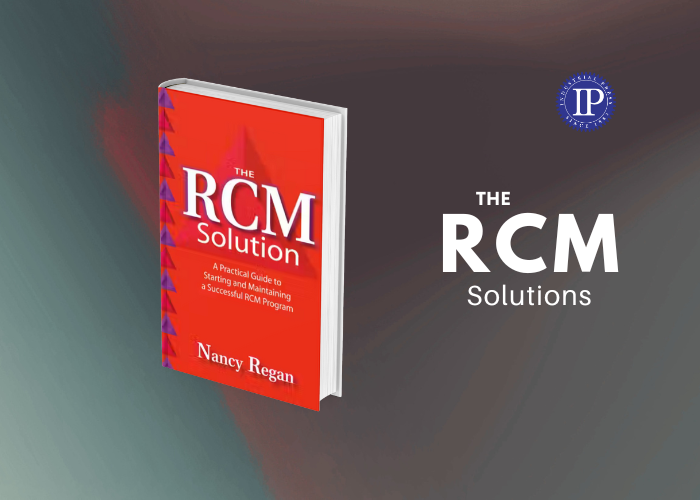

The RCM Solution is a straightforward, no-nonsense presentation of what RCM is and how it can be applied to maximize the productivity and safety of physical assets. It introduces and thoroughly embraces the proven power of RCM’s basic principles and follows a common-sense and practical approach to implementation.